 This temple was originally built more than 1300 years ago during the Tang Dynasty. It was built by Emperor Taizong as a memorial for soldiers in a war. The incense burners pictured are at the entrance to the first temple. Incense is used to purify the mind before going into the temple. Our guide was a practicing Buddhist and he explained many of the symbols in a quiet and peaceful manner. For example, a knot symbolizes endlessness and also that the Buddha can help us untie the knot within us; the wheel symbolizes getting rid of suffering through Dharma; the conch shell, which can be blown like a horn, spreads Buddha's teaching far away; the lotus flower symbolizes purification; and the vase contains the dew of widom -- to drink of it means you learn; fish symbolize life -- when it mets with water it becomes alive. He explained, the Chinese culture and values are built on Confuscianism, Taoism, Buddhism and materialism. In Buddhism, there are four all-embracing virtues -- giving, kind words, kind doings, equality. Also there are four noble truths -- suffering, arising of suffering, cessation of suffering, the way to cessation of suffering. And there is the Noble Eightfold Path -- right view, right thinking, right mindfulness, right speech, right action, right diligence, right concentration, right livelihood.
This temple was originally built more than 1300 years ago during the Tang Dynasty. It was built by Emperor Taizong as a memorial for soldiers in a war. The incense burners pictured are at the entrance to the first temple. Incense is used to purify the mind before going into the temple. Our guide was a practicing Buddhist and he explained many of the symbols in a quiet and peaceful manner. For example, a knot symbolizes endlessness and also that the Buddha can help us untie the knot within us; the wheel symbolizes getting rid of suffering through Dharma; the conch shell, which can be blown like a horn, spreads Buddha's teaching far away; the lotus flower symbolizes purification; and the vase contains the dew of widom -- to drink of it means you learn; fish symbolize life -- when it mets with water it becomes alive. He explained, the Chinese culture and values are built on Confuscianism, Taoism, Buddhism and materialism. In Buddhism, there are four all-embracing virtues -- giving, kind words, kind doings, equality. Also there are four noble truths -- suffering, arising of suffering, cessation of suffering, the way to cessation of suffering. And there is the Noble Eightfold Path -- right view, right thinking, right mindfulness, right speech, right action, right diligence, right concentration, right livelihood. The temple also is a monastery and religous school. It is a complex of many buildings with smaller temples leading to the main temple of the reclining Buddha. There are study halls, a dining room, a Zen room for meditation, etc. About 100 monks and students live in the complex.


Here you can see an inner courtyard with the round opening leading to the main temple. The people are looking at literature for a special holiday which will take place soon.


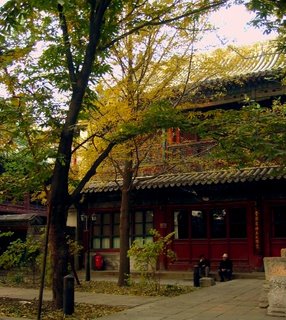
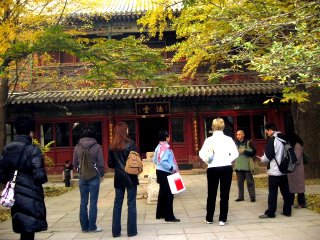
The late afternoon autumn sunshine lit up the temple and the trees. Flowers were in place for the special holiday. Our guide had us become aware of the flowers as symbolizing the cycle of life, from seed to full bloom to dying off and then returning to the earth. This is the kind of thing a Buddhist would meditate on to lose himself in the contemplation of the flower.

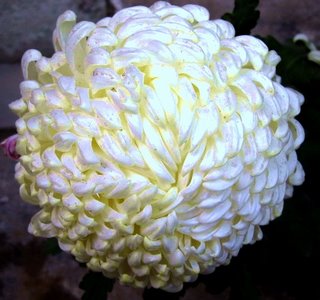
As we were finishing our tour, a young man went about the complex pounding a wooden plaque, calling the monks to prayer. We quietly stood in the courtyard as we listened to the monks chanting their mantras and sutras.
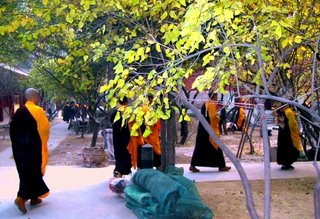

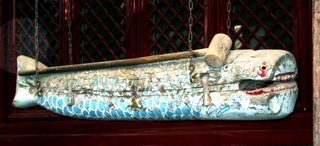
No comments:
Post a Comment